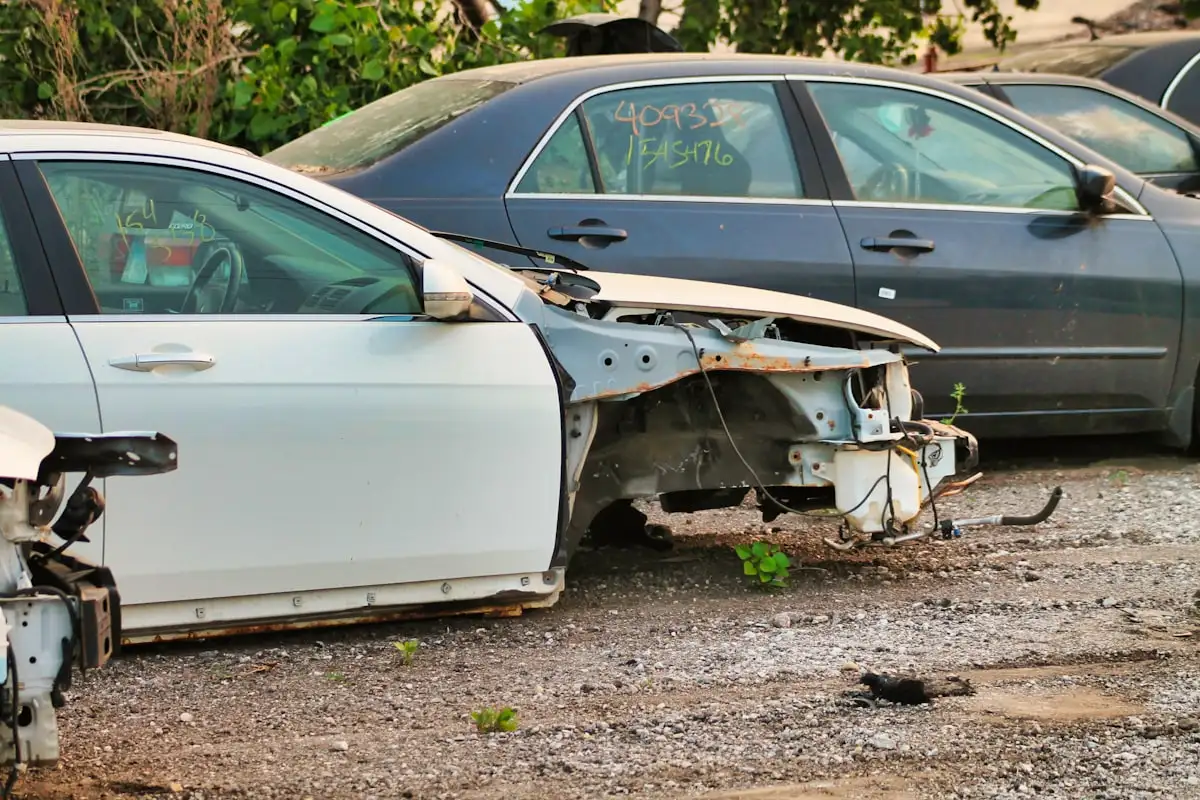Smart safety features in cars are making big changes. These features help drivers avoid crashes. Now, a company called Evercore ISI says this “smart car tech” will have a huge impact on how car insurance works. Get ready for some big shifts in the auto insurance world.
Smart Car Tech: ADAS and Its Impact on Auto Insurance
Cars today are much smarter than they used to be. Many new cars come with special helpers. These helpers are called Advanced Driver-Assistance Systems, or ADAS for short. Think of ADAS technology as an extra set of eyes and a quick brain for your car. These systems are designed to make driving safer for everyone.
What exactly is ADAS? It’s a group of electronic features that help you drive. They can see things around the car. They can even react faster than a human sometimes. For example, some cars can stop themselves if you’re about to hit something. Other cars can keep you in your lane on the highway. These amazing tools are changing how we think about car safety.
Many people believe these smart features mean fewer accidents. When cars help prevent crashes, fewer people get hurt. Fewer cars get damaged. This is great news for everyone on the road. It’s also something that car insurance companies are watching very closely. If there are fewer accidents, it could change how much insurance costs.
How Advanced Driver-Assistance Systems Keep You Safe
Let’s look at some examples of ADAS technology you might find in a car:
- Automatic Emergency Braking: This system uses sensors to watch the road ahead. If it thinks you’re going to hit a car or a person, it can brake for you. It tries to stop the car or slow it down to make a crash less bad.
- Lane Keeping Assist: This feature helps your car stay in its lane. If you start to drift out of your lane by mistake, the car might gently steer you back. Or it might give you a warning sound or vibration.
- Blind Spot Monitoring: This system warns you if there’s a car in your blind spot when you want to change lanes. It usually lights up a small light on your side mirror.
- Adaptive Cruise Control: This is like regular cruise control, but smarter. It not only keeps your speed steady but also keeps a safe distance from the car in front of you. It speeds up and slows down by itself.
These systems work by using cameras, radar, and other sensors. They are like a network that helps the car “see” and “think.” For more details on these systems, you can visit Wikipedia’s page on ADAS.
ADAS and the Changing Landscape of Car Insurance
Evercore ISI, a company that studies businesses and money, says ADAS will have a really big impact on car insurance. They think this impact will be “significant.” This means it will change things a lot for the insurance world. On one hand, fewer accidents are good. On the other hand, fixing these smart cars can be costly.
When ADAS prevents crashes, insurance companies might pay out less money for claims. If cars crash less often, or if crashes are not as bad, that saves insurance companies money. This could mean good news for drivers. It might lead to lower insurance prices for some people. Insurance companies might reward drivers who have these safe cars.
The Cost of Fixing Smart Car Technology
Here’s where things get a bit tricky for car insurance. While ADAS can stop crashes, the parts themselves are expensive to fix. If a car with ADAS *does* get into an accident, even a small one, the repair bill can be high. The sensors, cameras, and computer parts for ADAS are not cheap. For example, a small bump to your bumper could damage a radar sensor hiding inside it. This sensor could cost a lot to replace.
After these parts are replaced, they also need special attention. They have to be “calibrated.” This means making sure they are perfectly lined up and working correctly. Imagine a camera that helps your car brake. If it’s even a tiny bit off, it won’t work right. Calibrating these systems needs special tools and trained mechanics. This adds to the repair cost too.
So, we have two sides of the coin: fewer crashes (good for insurance companies) versus higher repair costs (bad for insurance companies, and ultimately, us). The National Highway Traffic Safety Administration (NHTSA) works on improving car safety, and they also see the importance of these systems.
Future of Car Insurance with Driver-Assistance Systems
Because of ADAS, car insurance companies might change how they set prices. They might start looking at which ADAS features a car has. They might also look at how often these features are used. Some companies might offer discounts for cars with certain safety systems. Other companies might charge more if you crash a car with expensive ADAS parts.
Evercore ISI believes that insurance companies will have to adapt. They will need new ways to figure out risk. They will need to understand the costs of repairing these advanced vehicles. This is a big challenge for the whole auto insurance industry. The way we pay for car protection will definitely evolve.
We could see new types of insurance plans. Maybe plans that track your driving habits using ADAS data. Or plans that focus more on the cost of technology repairs. The good news is that these technologies are making roads safer. The challenge is to make sure insurance stays fair and works well with these smart cars. It’s an exciting time for both cars and how we insure them.










